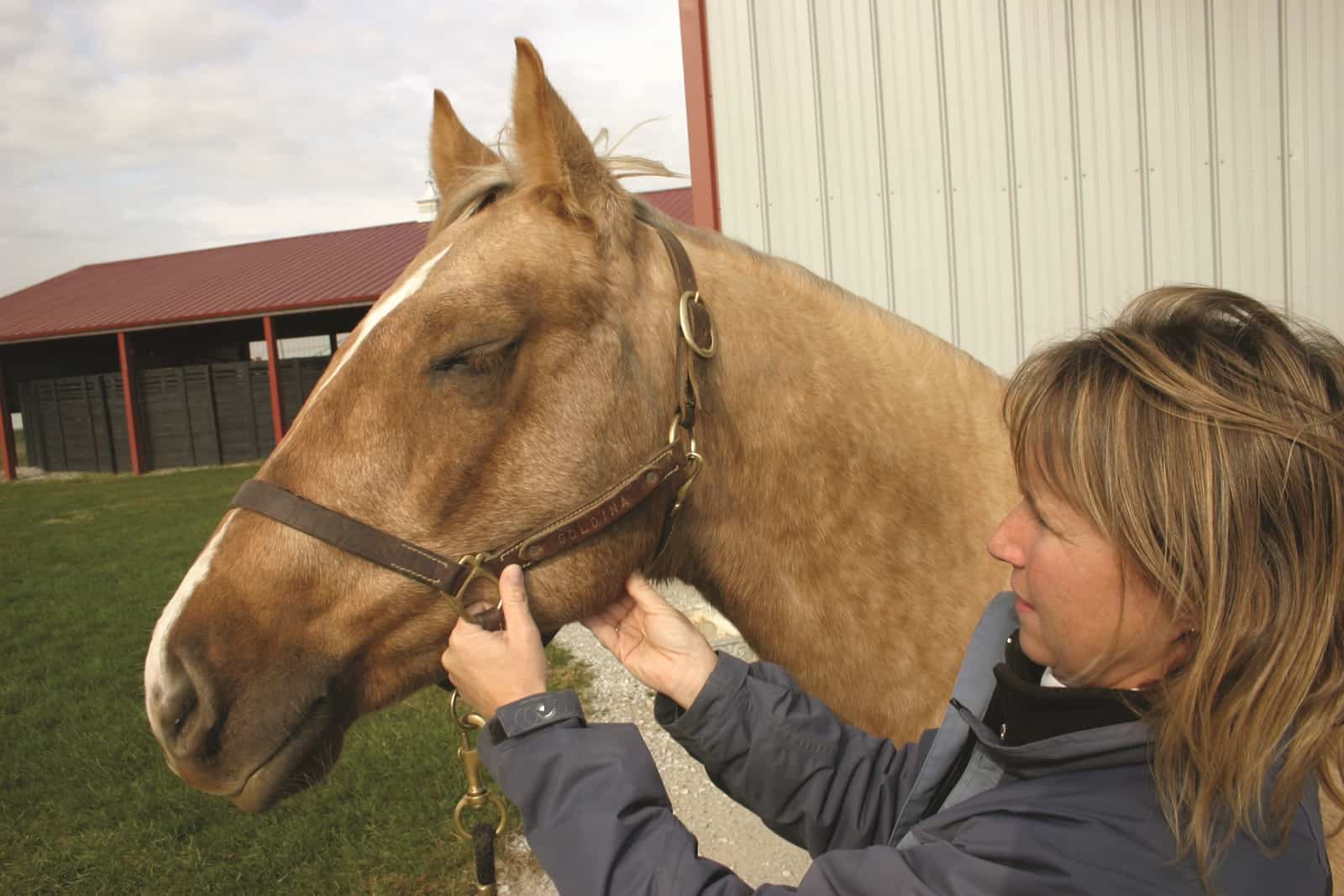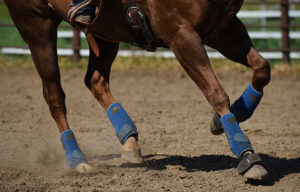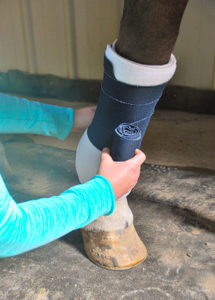Taking Vital Signs
- Topics: Article, Horse Care, Vital Signs & Physical Exam

For example, say this morning while feeding you found a boarder’s horse standing in a small puddle of blood in the pasture. The blood evidently came from a wound near the pastern. The horse is acting tired, but looks OK otherwise. The wound isn’t deep, but the lower leg has a fair amount of blood on it. You call your vet and tell him it’s not serious. “He looks all right to me,” you say.
But is he?
Three hours later your vet finds him dead in his stall
Create a free account with TheHorse.com to view this content.
TheHorse.com is home to thousands of free articles about horse health care. In order to access some of our exclusive free content, you must be signed into TheHorse.com.
Start your free account today!
Already have an account?
and continue reading.
Written by:
Christina S. Cable, DVM, Dipl. ACVS
Related Articles
Stay on top of the most recent Horse Health news with















